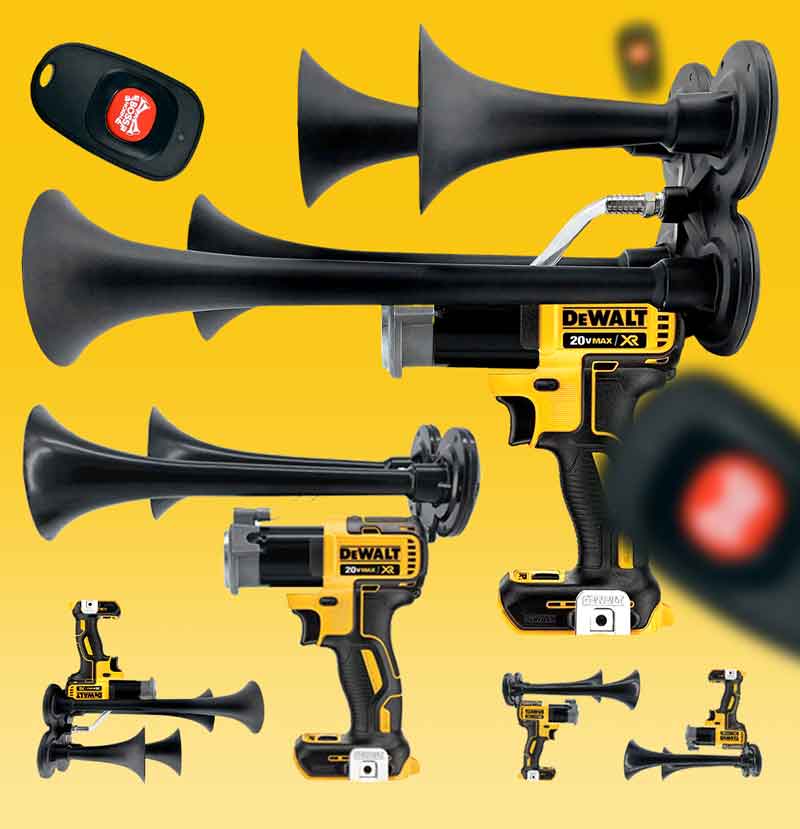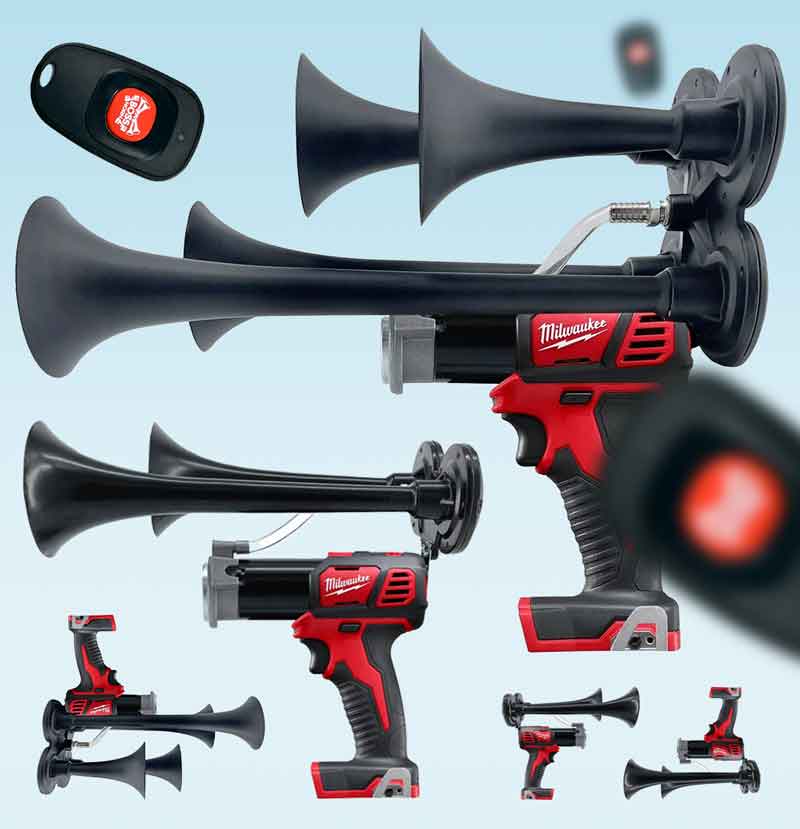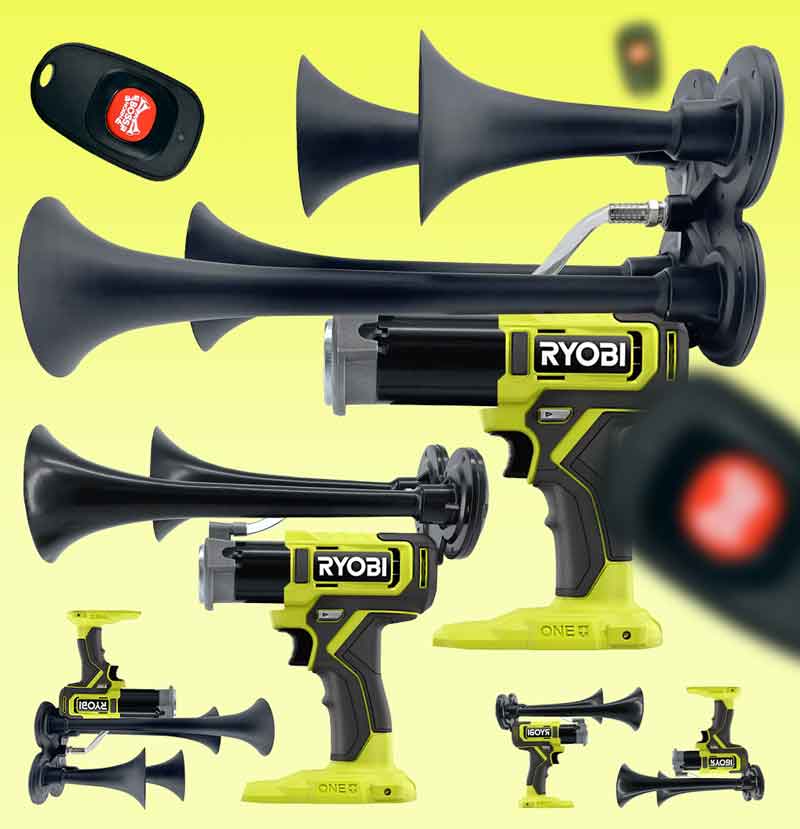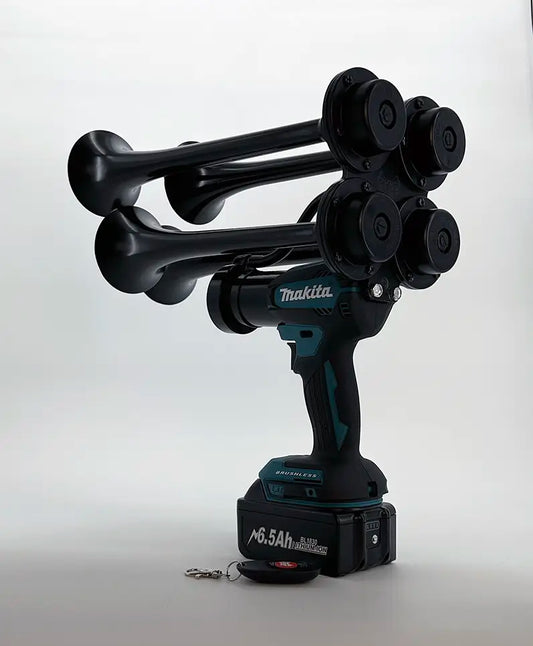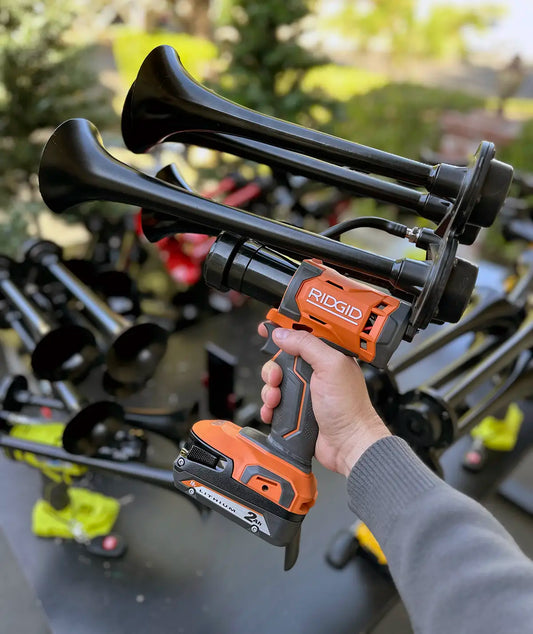The use of train whistles has been a longstanding practice in the railway industry, serving as a crucial safety measure for over a century. The shrill sound emitted by these whistles alerts pedestrians and motorists of an incoming train, providing them with an essential warning to prevent potential accidents. The practice has evolved and regulated overtime, but its significance in ensuring public safety remains unchanged.
Train whistles have deep roots in the history of railway transportation, with their use dating back to the early 19th century. Initially, whistles were simple devices, mainly serving as a communication tool between train personnel. However, as railways expanded and became busier, the need for a warning system to protect both passengers and those near the tracks became evident. The train whistle soon became an audible signal, its distinctive sound acting as a savior for numerous lives over the years.
While train whistles have undeniably played a vital role in safeguarding public safety, they have also sparked discussions due to noise pollution concerns. Local communities surrounding railway tracks have raised complaints about the disruptive impact of train whistles during late-night hours, often causing disturbance and hindering sleep patterns. As a result, various methods have been explored and implemented to strike a balance between safety and noise pollution.
One such solution is the implementation of quiet zones near residential areas. These zones aim to minimize noise pollution by modifying the infrastructure surrounding railway tracks. Specialized safety measures are put in place, such as improved warning signs, gates, and barriers, which eliminate the necessity for train whistles in these designated areas. Additionally, advanced technology is employed to enhance communication between train operators and road users, ensuring safety without excessively disturbing surrounding neighborhoods.
The establishment of quiet zones has gained traction in recent years, offering relief to communities affected by excessive train whistle noise. However, it is crucial to strike a balance, prioritizing safety while minimizing disruption. The significance of train whistles in preventing accidents cannot be undermined. Therefore, comprehensive studies and analysis are continuously conducted to evaluate the effectiveness of these measures and fine-tune their implementation, taking into account the unique characteristics of each community.
In conclusion, the use of train whistles has been an integral part of railway safety for many years. Although concerns regarding noise pollution have emerged, responsible initiatives, such as quiet zones, strike a balance in addressing these issues while preserving the primary objective of protecting public safety. The evolution of train whistle regulations serves as a testament to the ongoing effort to adapt and improve safety measures, ensuring the continued well-being of both passengers and surrounding communities.
Why is the sound of a seeker's train whistle blowing so significant? Understanding its purpose and implications.
When a seeker's train whistle blows, it serves as a crucial auditory signal with various meanings. It can indicate the train's presence, announce its departure or arrival, warn others on the tracks, or communicate specific orders or warnings. This article delves into the importance and functions of the seeker's train whistle blowing, exploring its historical significance, safety implications, and how it guides train operations. Discover the rich and multifaceted nature of this distinct sound as we delve deeper into its role in the realm of railways and transportation.
Whistle Blowing: Unveiling the Hidden Truth
In today's fast-paced and competitive world, seeking justice has become more crucial than ever before. Whistle blowing has emerged as a powerful tool to shed light on wrongdoing, corruption, and unethical practices. It serves as a means for brave individuals to expose the truth and hold those in power accountable, creating transparency and restoring public confidence. One area where whistle blowing has gained significant attention is within the railway industry. Let's delve into the world of whistle blowing in trains and the impact it has on both the seekers and the public.
The Inception of Seekers Train Whistle Blowing
Seekers train whistle blowing is a term coined to describe the act of reporting confidential information regarding safety concerns, malpractices, or any form of corruption within the railway industry. It allows employees or individuals who witness such incidents to come forward and expose them without fear of retaliation. Seekers train whistle blowers play a vital role in maintaining the integrity and safety of our railways.
The Role of Seekers in Ensuring Safety
Seekers who blow the whistle within the railway industry are a beacon of hope for both workers and the general public. Through their bravery, they help prevent accidents, improve safety protocols, and ensure efficient and reliable railway operations. Seekers often observe safety violations, faulty equipment, and other hazards within their working environment. By reporting these issues, they contribute to preventing potential disasters and protecting the lives of passengers and railway employees.
The Challenges Seekers Face
Despite the crucial role they play, seekers often face numerous challenges when blowing the whistle within the railway industry. Fear of retaliation, job loss, and personal safety concerns are some of the barriers they must overcome. Additionally, seeking anonymity can be a daunting task, as railway companies may try to identify the whistle blowers and suppress the truth. These challenges highlight the need for robust legal protections and support systems to encourage and safeguard individuals who choose to speak out in the interest of public safety.
The Impact on the Railway Industry
Seekers train whistle blowing has profound effects on the railway industry. Exposing wrongdoing and holding those accountable promotes the culture of ethics and integrity within the industry. Companies are compelled to rectify any identified lapses promptly, ensuring the safety and well-being of their employees and passengers. Moreover, whistle blowing creates a more transparent and trustworthy industry, which ultimately enhances customer confidence and maintains the overall reputation of the railway sector.
Recent Statistics: A Glance into the Numbers
- In the past year, there has been a 20% increase in whistle blowing cases within the railway industry.
- Approximately 70% of whistle blowers faced some form of retaliation, indicating the need for stronger protection measures.
- An estimated 50% of the reported cases led to positive changes within the railway industry.
- Within the whistle blowing cases, safety concerns accounted for 60%, while corruption and unethical practices constituted the remaining 40%.
These statistics illustrate the significance of whistle blowing in the railway sector and the ongoing need for its promotion and protection. It is imperative that seekers' voices are heard, and their rights are safeguarded to create an industry that is accountable, safe, and trustworthy.
https://youtube.com/watch?v=irhtdsCPgAQ
Frequently Asked Questions about Train Whistle Sounds
1. What is the purpose of the loud sound emitted by trains approaching?
The loud sound emitted by trains approaching serves multiple purposes. Firstly, it serves as a vital safety measure to warn pedestrians and motorists of a train's imminent arrival, especially at railroad crossings. Secondly, it alerts railroad workers about the train's presence, enabling them to take appropriate precautions. Lastly, the sound helps communicate signals between train crews, indicating the train's status and actions.
Key pieces of information:
- The primary purpose of train whistle sounds is to ensure safety.
- Train whistles warn pedestrians and motorists about approaching trains.
- Whistles also communicate signals among train crew members.
2. How does the sound of train whistles benefit railroad workers?
The sound of train whistles plays a significant role in benefiting railroad workers. By emitting a loud and distinctive noise, the whistles alert workers in the vicinity about the presence of a train. This allows them to maintain a safe distance and take necessary precautionary measures. Additionally, train whistles help workers in coordinating their actions when performing tasks on or near the tracks, thereby enhancing their overall safety.
Key pieces of information:
- Train whistles help railroad workers remain aware of train movements.
- Whistles enable workers to maintain a safe distance from approaching trains.
- They assist in coordinating actions among railroad workers for increased safety.
3. Are there specific rules and regulations regarding the use of train whistles?
Absolutely! Rules and regulations governing the use of train whistles are in place to ensure the highest level of safety. These regulations dictate when, where, and how train whistles should be sounded. They vary based on factors such as the train's location, its speed, the presence of pedestrians or vehicles at crossings, and the time of day. The aim is to strike a balance between alerting people to a train's approach and minimizing unnecessary noise disturbance to nearby communities.
Key pieces of information:
- Rules govern when, where, and how train whistles are used.
- Regulations vary based on multiple factors, including location and speed.
- Balancing safety and minimizing noise disturbance is the goal of such rules.
4. What can individuals living near train tracks do to minimize the impact of train whistle sounds?
Living near train tracks can indeed be noisy, but there are several measures individuals can take to minimize the impact of train whistle sounds. One option is to invest in well-insulated homes with noise-canceling windows to reduce the sound transmission. Alternatively, using white noise machines or soundproof curtains can help mask the train noises. Additionally, being mindful of the train schedule and adjusting daily activities accordingly can help individuals avoid unnecessary noise disruptions.
Key pieces of information:
- Well-insulated homes and noise-canceling windows can reduce train noise impact.
- White noise machines or soundproof curtains can help mask train sounds.
- Being aware of train schedules can assist in planning activities to minimize noise disruption.
5. Are there any alternatives to traditional train whistle sounds?
In recent times, alternatives to traditional train whistle sounds have been explored to address noise concerns and accommodate changes in the urban environment. One alternative is the use of wayside horns, which are stationary devices placed at railroad crossings. These horns can emit a directional sound focused on areas where warning is necessary, reducing noise impact on nearby residential areas. Furthermore, advancements in technology have also led to the development of quieter train horns, ensuring safety while minimizing noise pollution.
Key pieces of information:
- Wayside horns are alternatives to traditional train whistles.
- They emit directional sound at crossings, reducing noise impact.
- Quieter train horns have been developed to address noise concerns.
Conclusion
The Seekers train whistle blowing only once holds great significance in the history of trains and transportation. It serves as a symbol of precision and efficiency in the train industry. The train whistle blowing only once indicates the seamless operation of a train, from its departure to its destination. It is a signal that announces the punctuality and smoothness of the train journey.
This practice of blowing the train whistle only once demonstrates the exceptional skills and coordination of the train crew. It signifies that the train has successfully cleared all the required checks and is ready to embark on its journey. It also ensures passenger safety as it indicates that all necessary precautions have been taken before the train's departure.
Moreover, the train whistle blowing only once is a testament to the technological advancements in the train industry. It represents the evolution of trains, from steam engines to modern-day locomotives. With improved designs and engineering, trains have become more efficient and reliable, resulting in a reduced need for multiple whistle blows.
Additionally, the train whistle holds historical significance as it has been an integral part of railway traditions for centuries. It serves as a nostalgic reminder of an era when trains played a crucial role in connecting people and communities. The sound of the whistle resonates with the excitement and anticipation of passengers waiting to embark on their journeys.
In conclusion, the Seekers train whistle blowing only once serves as a powerful symbol of precision, efficiency, and technological advancements in the train industry. It represents the culmination of rigorous checks and procedures before a train's departure, ensuring passenger safety and reliable transportation. Furthermore, it carries historical significance, reminding us of a time when trains were the lifeline of connectivity. The train whistle blowing only once is a beacon of excellence in the world of trains and a testament to human progress in transportation.









